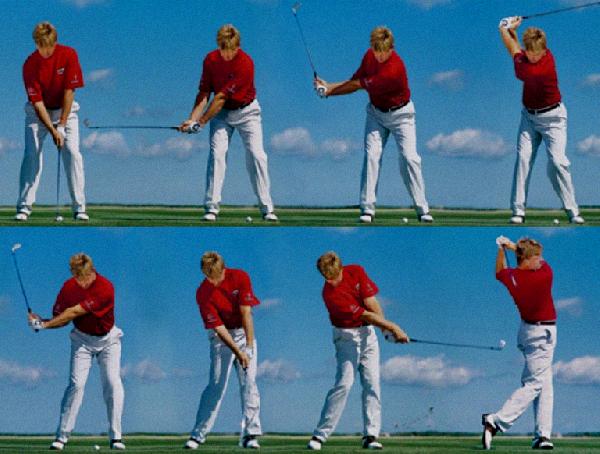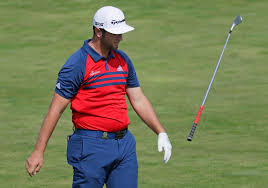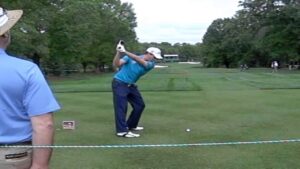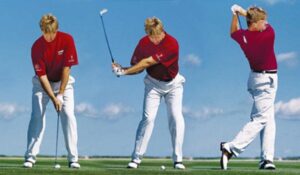We all love watching Phil Mickelson Bomb It! He loves to do it too, especially when he wants an extra 25 yards. Phil normally plays conservatively with a soft fade to ensure that he can hit the fairway. But when he knows that he needs some extra distance he plans for a lower spin rate and a nice looping draw. Should we be trying to copy Phil?
It was interesting to follow Phil’s drives on his bogey holes in the first 2 days of the WGC FedEx St Jude Invitational. He had 6 bogeys. 4 out of those 6 drives were in the left rough but all 6 were short drives of about 270 yards. His most amazing shot was a bomb where he hit a perfect draw around a dog-leg 338 yards to the right. Yes that was his perfect BOMB!

Narrow, tree lined fairways don’t always give you the chance to create BOMBS but judging by the success that Bryson DeChambeau is having we should all put more effort into creating long bombs that land in the fairway. Bryson gained 40 pounds to put more muscle (or weight) behind his drives. On the other hand Phil has lost weight and worked on building up his strength.
Phil’s Fade is his Go-to-Shot
He sets up for a fade when he needs to land it in the fairway (even though it knocked him out of contention at the FedEx St Jude Invitational). He tees his ball lower to cut his ball to create a higher spin rate for more control and a soft landing.
Phil’s BOMB is a Draw
He tees it up higher and a little further forward in his stance so that he can hit up on the ball at about a 5.5 degree angle. He even uses his taller black tees to commit to this shot. His spin rate drops from his fade shots but he picks up well over 25 yards.
If it is difficult for a seasoned pro like Phil to hit every drive the way it was planned, how can we expect the same out of our games? As a recreational players you need to work on a consistent draw or fade so that you know where to aim for each drive. Consistency is so much more important than powering it into Never Never Land.
Knowing what your ball will do before you hit it will create consistency in your game. Plan your hit and enjoy your game. Hitting more Fairways in Regulation leads to More Greens in Regulation and lower scores. Practice with GOLFSTR+ to improve your consistency. Buy one today at www.GOLFSTR.com.
Golf Truism #21: Never try to keep more than 300 separate thoughts in your mind during your swing.












